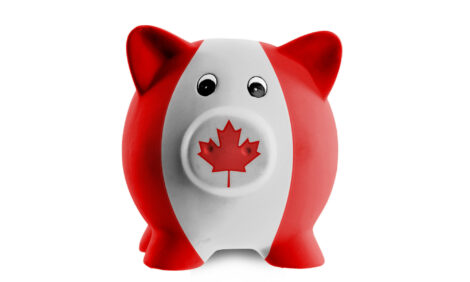



CME: Fear of Escalating Trade War Grips Market Participants
US - Livestock futures opened sharply lower once again yesterday as market participants remain gripped by fear of an escalating trade war between the two largest economies in the world, reports Steiner Consulting Group, DLR Division, Inc.While discussions on this point tend to focus on the relative dollar values involved and the specific trade flows for specific products, that tends to miss the forest for the trees. The big picture is the relationship between the US and China, whether the US has the fortitude to follow through with its threats and how far we are willing to go to accomplish our objectives.
The old Prussian general’s saying is quite appropriate today: "No battle plan survives contact with the enemy." Now that China has announced it will respond in kind to US tariffs many are uncertain about additional US steps. It is this uncertainty that has US futures traders heading for the door. And futures traders are not the only ones that have moved to the sidelines. Meat buyers look at the same charts and read the same news.
The first instinct in the current situation is to do nothing, delay orders, reduce your position. Effectively US meat buyers are going short and the ripple effects of those decisions can be seen in the sharp decline in cash prices for cattle and especially hogs. Sure, as we noted yesterday, packer margins are in good shape. But in the very near term, they need to see those meat buyers come back and start placing orders before they go out chasing cattle or hogs.
Somewhat lost in the daily barrage of news about trade is the situation in the domestic market. The weekly USDA retail market report has proved to be a good barometer of retail activity. Last year the sharp increase in beef retail features in March and April matched up well with forward beef packer sales and ultimately with the price rally that we saw in May. The charts below illustrate the two most common meat offerings in the retail meat case, ground beef and pork chops.


The value of the pork loin primal has been struggling recently, in part because of higher pork supplies but, as the chart shows, a notable lack of retail feature activity. Some of this is to be expected as Easter holiday features likely crowded out pork retail features. Additionally, we noted a significant increase in pork loin features in late January and February and it appears the pendulum has not swung too much in the other direction.
Warmer weather and the start of the grilling season should cause pork loin retail features to improve. The loin primal value last night at $70.49/cwt, down $5.22/cwt (-7 per cent) compared to a year ago. The Y/Y decline in the value of the loin primal has removed about $1.35 from the cutout value vs. the same period last year.
As retail demand seasonally improves we would expect the loin primal value to recover but last year that did not happen until early May. A conservative 20 per cent seasonal improvement in the pork loin primal would add as much as $3.5/cwt to the value of the pork cutout going into June.
Ground beef features also have slumped recently, in part due to more holiday features but possibly because of short term weather issues in heavily populated areas. Normally we see a notable improvement in ground beef features in late spring and summer, which should help bolster demand for these items.
It will be interesting to see if current very low fed cattle prices for June and July encourage retailers to ramp up beef features.








